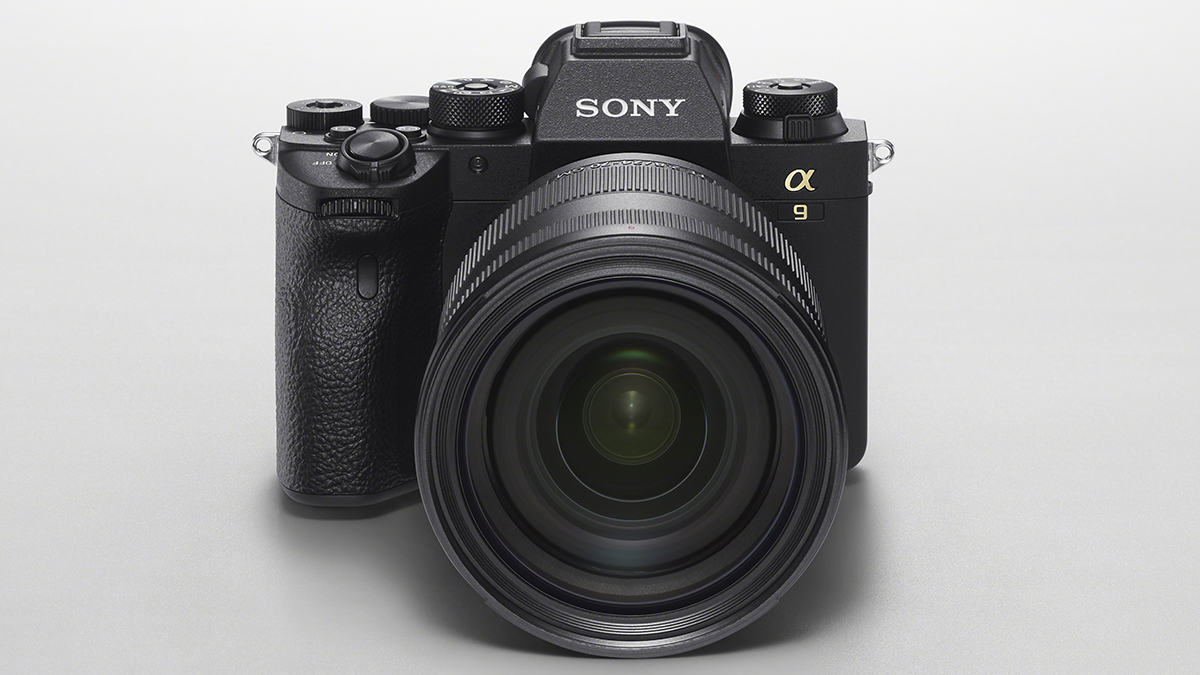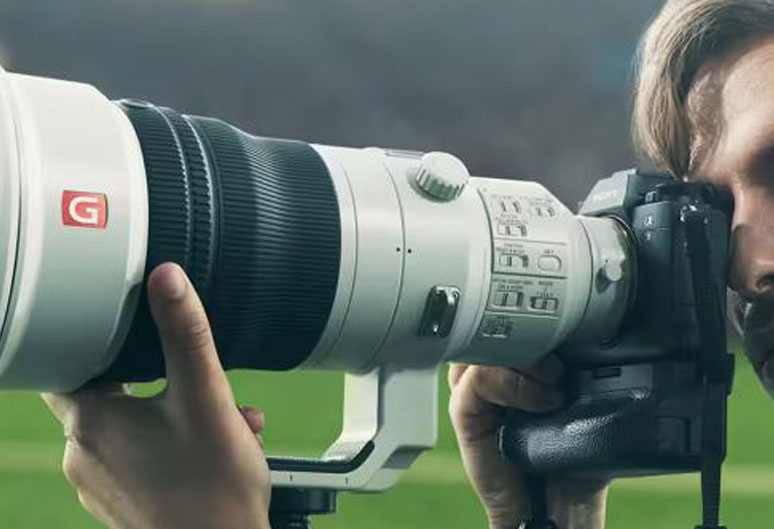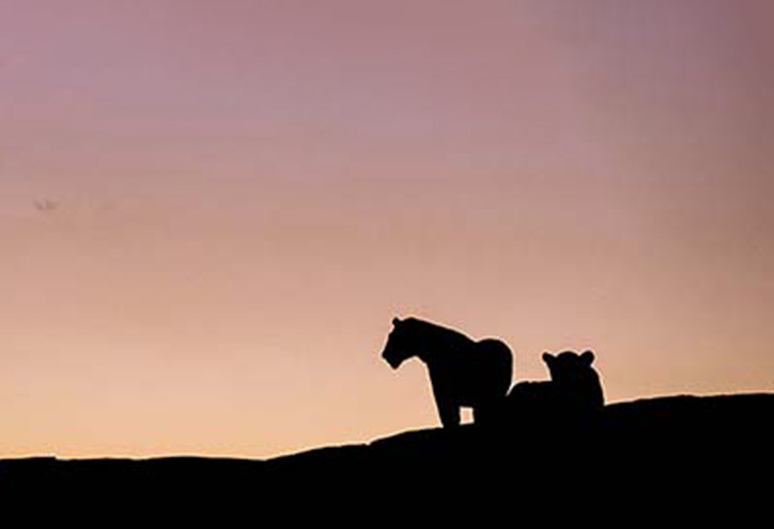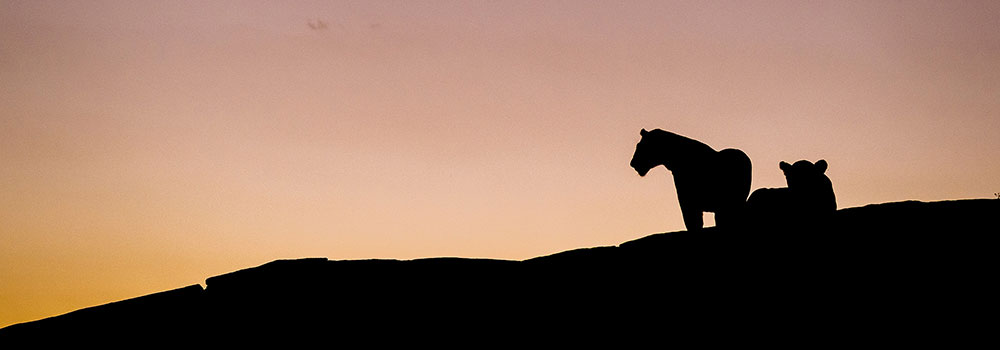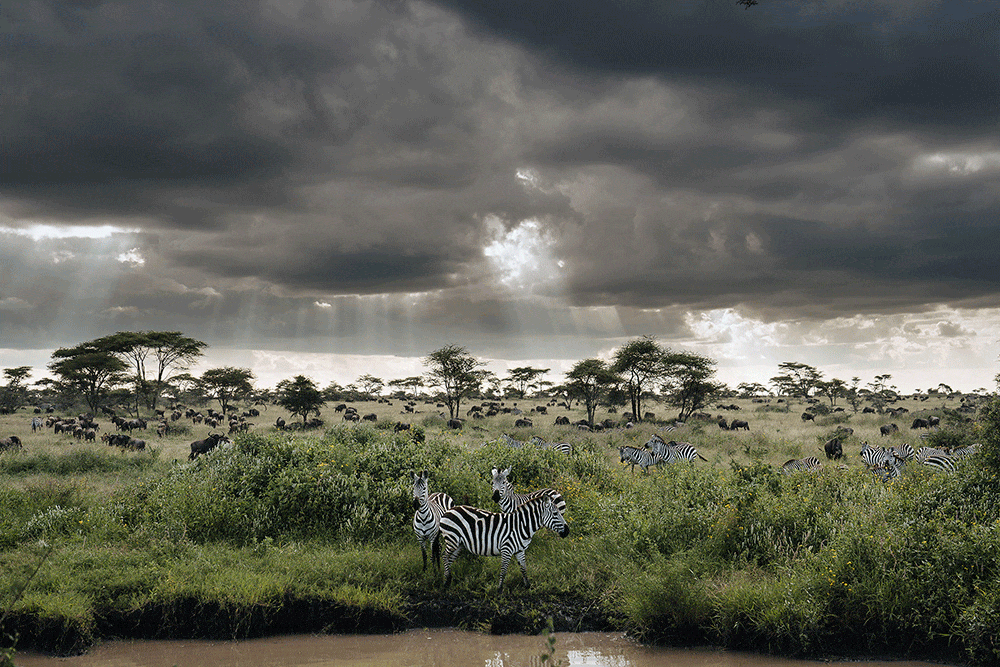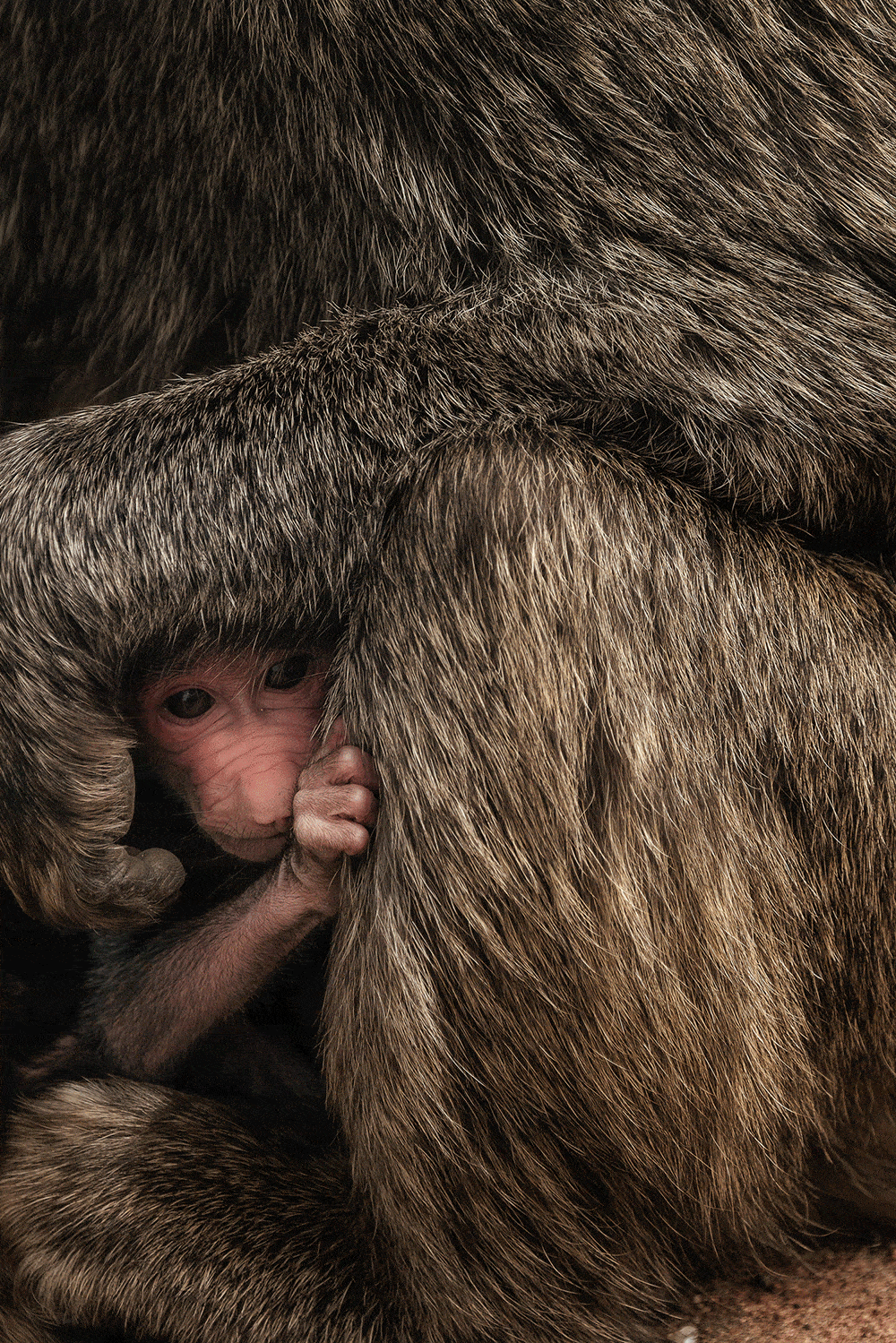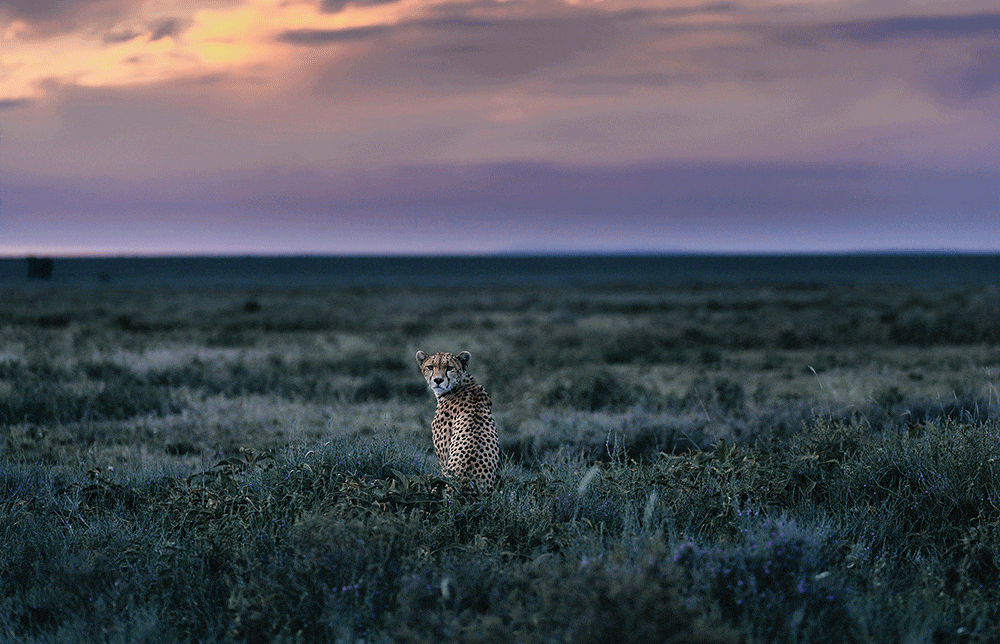The Sony A9 mark II is a full frame mirrorless camera body built for speed. With 24.2 megapixels, capable of shooting at 10 frames per second the A9 mark II will keep your subject sharp with 693 phase detection AF points built into the imaging sensor.
The original model Sony A9 was released in 2017, clearly positioned to disrupt to the domination of the sport photography industry by Nikon and Canon and their flagship bodies, the D5 and EOS 1DX mark II respectively. The mirrorless technology of the A9 delivered key advantages over DSLR bodies. The absence of a mirror allowed the A9 to be faster (up to 20fps), quieter (silent with the electronic shutter) and more accurate as the AF system was not disrupted by mirror movement and instead used phase detection pixel AF technology built into the imaging sensor. At Fixation we are very excited to see what new features and specifications the mark II version of the A9 will bring, pushing the technology available to professional photographers to new heights.
Demand will be high so please email or call the sales team to put your name on our waiting list: 0207 582 3294 sales@fixationuk.com
Built for professional photographers who require reliability, fast network speed and quick access to controls
Supports SSL or TLS encrypted file transfer (FTPS)
1000BASE-T Ethernet terminal, enabling gigabit communication
Blackout-free continuous shooting up to 20fps
24.2 –Megapixel Full-Frame CMOS Imaging Sensor
Upgraded weather sealing for dust and moisture resistance
4k video recording
Dual card slots, both UHS-II compatible for uninterrupted capture
Compatible with the NP-FZ100 battery perfect for longer shoots
693 phase detection AF points built into the imaging sensor
